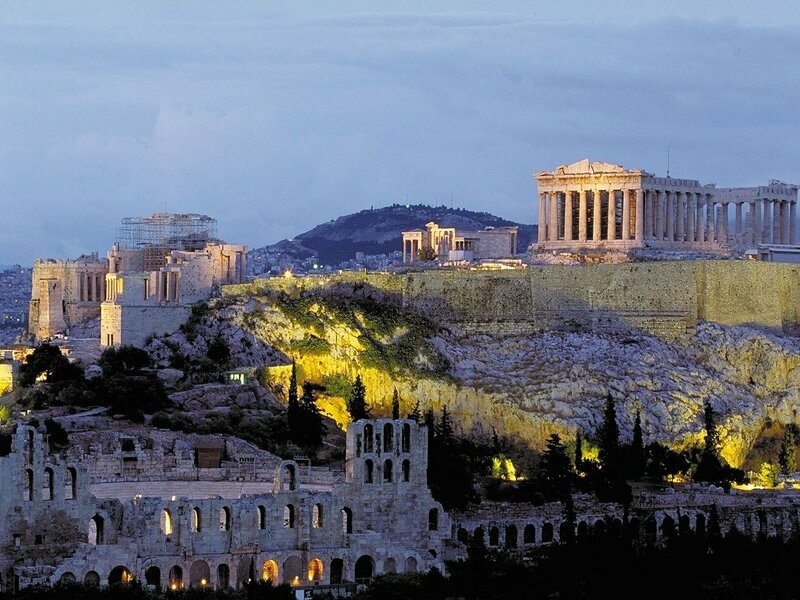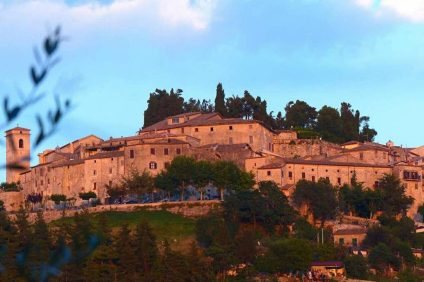Mycenae, ancient splendor and power, the largest Greek city between the fifteenth and thirteenth centuries. to. C., that shivers just thinking about it. The Mycenaean civilization was surprisingly cultured, so much so that it possessed its own writing. Mycenae remains impressed in the eye with its Cyclopean walls, a city for whose discovery the work of Heinrich Schlieman, German archaeologist. In this interview we will amalgamate the research skills of two men, an Italian and a Greek, who will tell us about ancient cultural splendors.
Mycenae, the largest military might of Mycenaean Greece
"The" Mycenaeans ", the name that we moderns gave to those Greeks who defined themselves" Achaeans ", gave birth to a civilization that constitutes an extremely interesting world for us. Indeed, it lies at the origins of Greek civilization and, consequently, of all Western civilization ”. Thus begins Tsao Cevoli, archaeologist and journalist. Director of Master “Judicial Archeology and Crimes against Heritage"Of the CSC Center for Studies Criminological of Viterbo. Among his experiences he is also the founder ofArcheomafie International Observatory.
Mycenae and its ancient paraphernalia
“From the testimonies that have come to us it would seem that, as already claimed Gordon Childe, war was a fundamental aspect of the civilization of Mycenae. To demonstrate this, the observation of the fighting scenes, individual or collective ”- says Cevoli. “Along with elements of the armament, they are present in a conspicuous and constant way. I am the subject in all types of Mycenaean artistic expressions. This, both on objects of a personal nature and in "public" contexts.
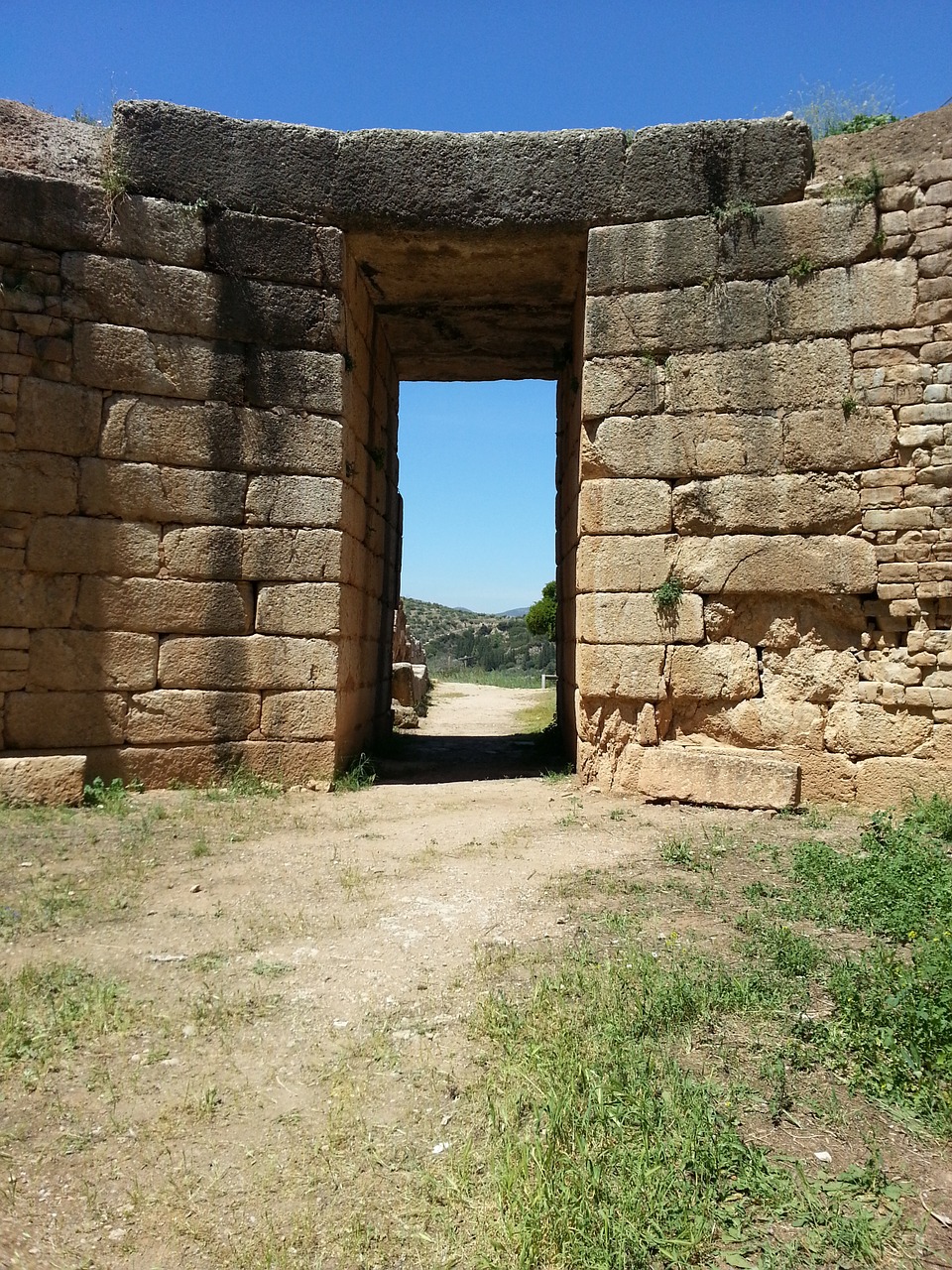
“To this, there are countless archaeological finds attributable to the Mycenaean armament. For example the precious bronze weapons and gold from royal tombs of Mycenae. But also the spade and other weapons from the so-called "warrior graves" in Crete. And the remains of elmi reinforced with wild boar tusks found all over the Mycenaean world. Without forgetting exceptional finds. Among them, the whole panoply found in 1960 in a Mycenaean tomb in the Peloponnese ”.

Mycenae: details on weapons
“On the Mycenaean armament we can obtain valuable information also in the Mycenaean texts, which have come down to us on clay tablets with a writing said linear B. Finally, we have a trace of it, a memory even in poems of Homer”- continues Cevoli. “The latter, in fact, provides useful information, as long as you keep in mind the literary character and certainly not an opera historian. Along with the fact that it was written several centuries after the end of the Mycenaean civilization. What we can say is that undoubtedly the various sources at our disposal convey the idea that war was a fundamental aspect. Even structural, of the Mycenaean civilization ".
Mycenae and the connections with Italy
We know that the Mycenaeans supplied themselves with metals in the Tuscan hills and in Sardinia. At this point we ask Cevoli to find out more. “This question allows me to highlight another aspect of the Mycenaean civilization. We have already said about the "Mycenaeans" that it was a people of warriors. However, we must add another fundamental feature. They were also skilled navigators and traders ".
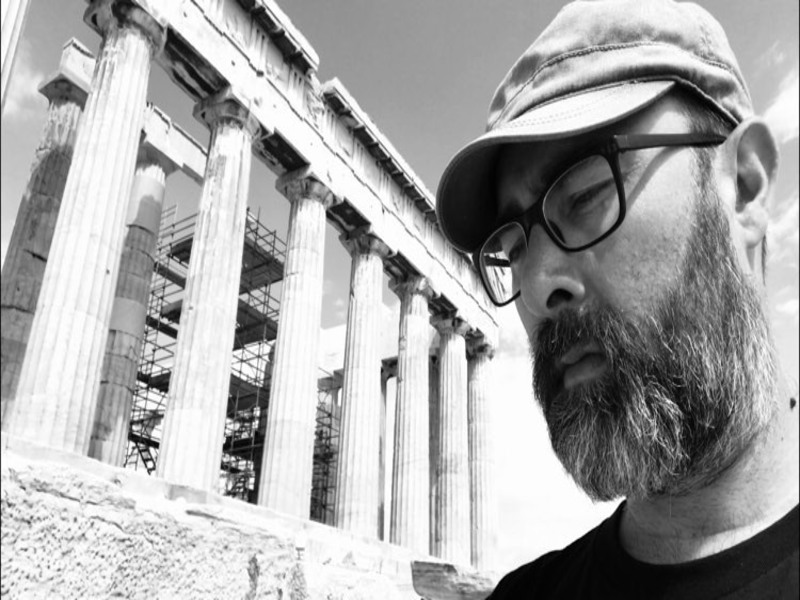
“Within a few centuries they reached a level of power that was able to take control of the seas from the“ Minoans ”. Minoans is another name given by us moderns. The latter, until then, were famous for their maritime power, the so-called thalassocracy. In fact, the Mycenaeans came to deprive them of the control of the maritime traffic in the Eastern Mediterranean, between Greece, Egypt and the Syrian-Palestinian coast. In addition to being the first to appear on the Western Mediterranean, respectively, in search of fine products and raw materials ".

Raw materials from Tuscany and Sardinia
“All Mycenaean military power was based, in fact, on theirs bronze weapons. Bronze is an alloy made up of copper and tin. Obtaining these metals at that time was not at all easy. It was necessary to go and procure them in opposite corners of the Mediterranean. In particular the copper they procured it a Cyprus. The eastern Mediterranean island, in fact, was so characterized by the presence of copper that it gave its name to the Latin term to indicate copper. "Cuprum". The abbreviation "CU" is still today the scientific abbreviation of copper in the table of elements. Instead, for the pond they turned to the Western Mediterranean ”.
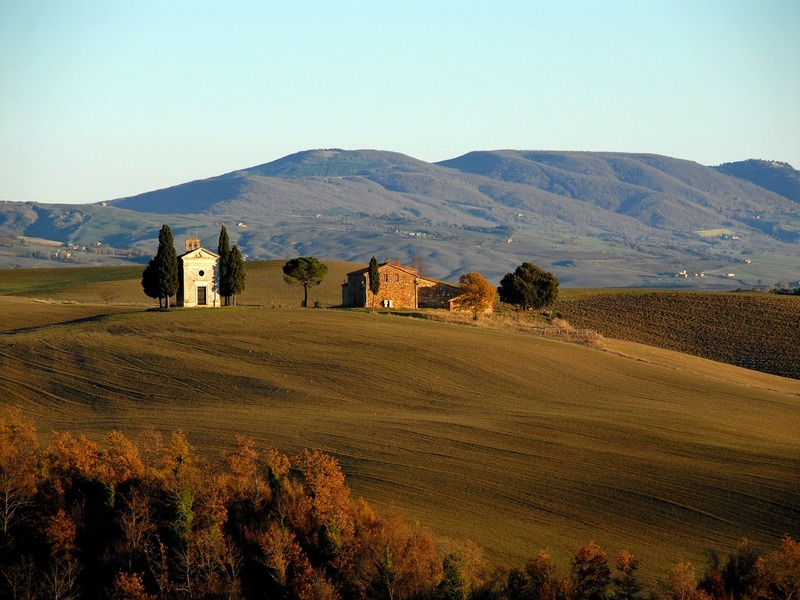
“Here, many centuries before the foundation of the Greek colonies, they already established the first relationships with the local populations. Together with the first commercial stopovers, which we define emporia. Here they flowed, right from metalliferous hills of Tuscany and from Sardinia, raw materials such as tin. The latter left on the Mycenaean ships for theAegean to be fused together with copper and allow the production of weapons and furnishings various. We can therefore say that the military power of Mycenae was in some way both the premise and the consequence of their maritime trade with the Western Mediterranean ”.
Tsao Cevoli: experiences in Italy and Greece
“My experience began when I was still in the early years of the course degree in classical literature at the 'University of Naples "Federico II". The professor. Louis Godart he wanted me among his collaborators for it archaeological excavation who directed in Crete, in the Minoan palace of Apodoulou, together with his colleague Yannis Tzedakis. The latter, Director General of Antiquities of Hellenic Ministry of Culture. As a university student, I had the privilege of finding myself operating for several years in a archaeological context and in a team of leading researchers, who have taught me a lot ".
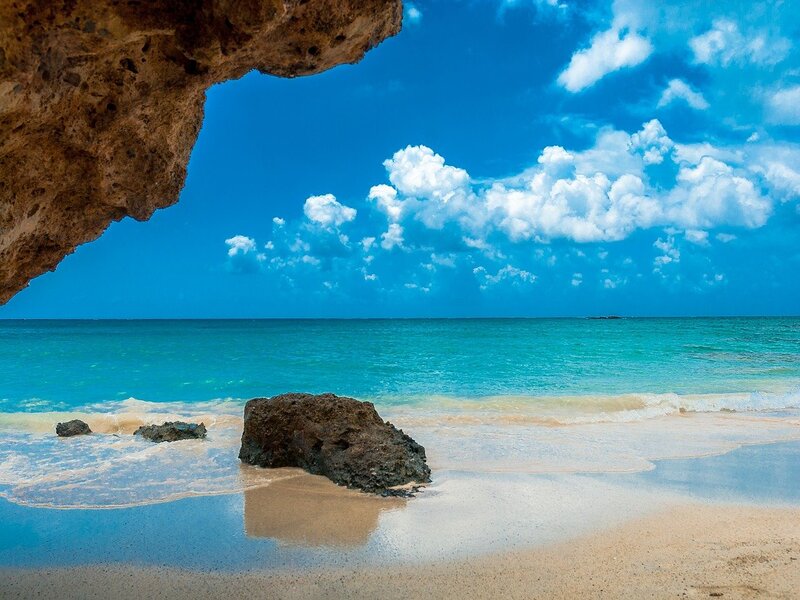
“In the following years I took advantage of several opportunities to accomplish studies and research in Greece. From the Erasmus project to a scholarship offered by mine alma mater for training abroad, one of Greek Foreign Ministry. To Athens I was lucky enough to grow up under the guidance of archaeologists and historians of great depth. Anna Ramou Hapsiadi, Kostas Bouraselis, Georghios St. Korres and Eleni Mantzourani, with whom I collaborated for some years on her archaeological mission in Cyprus".
Correspondent in Athens
“Parallel to mine academic research, which in those years focused on the Mycenaean civilization, and in particular on its military aspects, another opportunity to deepen my knowledge of Greece was offered me by Andreas M. Steiner, editor-in-chief of the Italian magazine Archaeo. He entrusted me with the task of correspondent from Athens and he was my mentor in archaeological popularization. Then from Dimitris Garoufalis, with whom I collaborated on the Greek magazine Corpus".
From ancient Greek weapons to the discovery of old bunkers
From the ancient splendors of Mycenae we now pass to something much more recent but noteworthy: the bunkers of Athens. On the eve of the Second World War, hundreds of public shelters were erected. A significant historical heritage brought to light today by Konstantinos Kyrimis (known as "Kirimis"), Greek researcher.
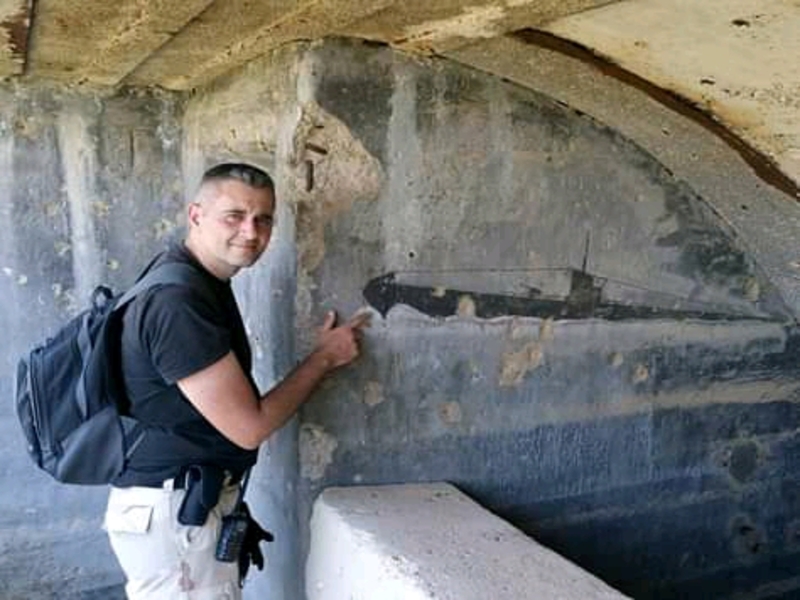
Konstantinos how did your passion for history start and what do you do in your historical research?
“I have had a passionate interest in history since my high school years. To me, the past did not seem like something distant, which can only be read in books. The past seemed to me an "instrument" that could make us understand, even the future. Even more fascinating for me was the fact that the signs of the past still remain hidden in our modern environment, waiting for us to find them ”.

“My research field is the underground structures of the period 1936-1956. Mainly civil protection air raid shelters and military or naval fortifications. Any structure that was built within the ground during this turbulent time is of great interest to me. I try to locate these places, visit them, take photos and videos and make some sort of maps / plans, if they don't exist. In this way, theirs historical imprint it will be saved and subsequent generations will be able to know them ”.
Konstantinos Kyrimis' books
“I have written two books on the above subject, entitled “The refuges of Attica: exploring the subsoil”. The first volume was published in 2015 and the second in 2017. Now I'm writing a third volume, because the topic was met with unexpected interest from readers. I am very limited editions, in fact they are already sold out in their physical form (they are only available as e-books, now). Their purpose is to be a reference for future researchers, as they are the first books on this obscure topic ”.
Italy and Greece: two very close peoples
"Although the two countries were engaged in a bitter conflict during World War II, nowadays, the Greeks perceive the Italian like good neighbors, if not as "cousins" - says Kyrimis. “In addition to sharing an approach to common life, the Mediterranean, Greece and Italy, as European countries, commonly face some threats e modern challenges, which will be better resolved by the unit. It's better act as allies, against common problems. Both nations, since ancient times, have produced a great cultural capital, which has become the backbone of the European heritage ”.
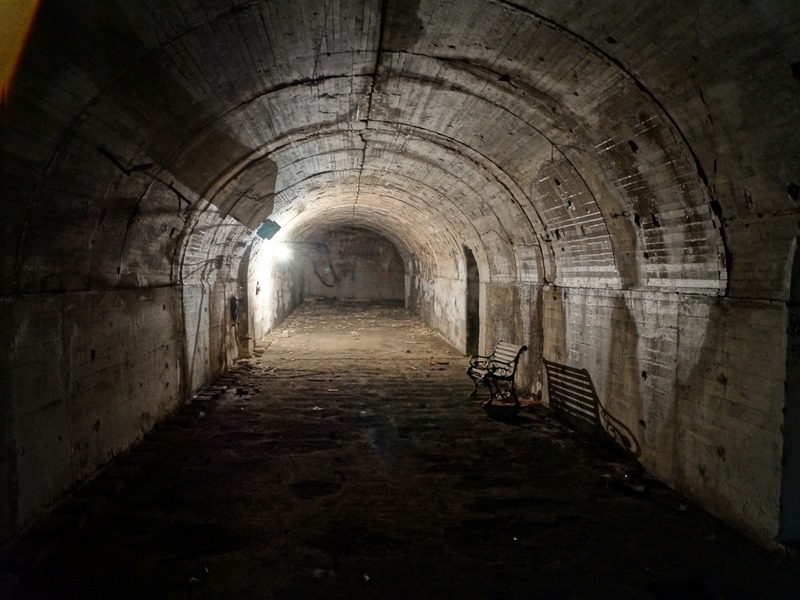
“Among these values / principles is the awareness that wealth is less important than culture. A philosopher's work will survive even the most opulent palace. Ancient Greece and Rome prospered thanks to responsible citizens who embraced a common cause. There military force it is equally important. In reality you have no wealth or culture, unless you have the means (and the will) to fight for them ”.
Refuges of Athens and the rediscovery of their splendor
“Since 2012, the year I started, I have visited approx 120 refuges. Their size varies from very small to very large. They are generally in poor condition. For example, almost all the shelters that were built under apartment buildings, have now become warehouses, so they are crammed with old furniture etc. Additionally, many shelters have moisture problems and some are even semi-flooded. In many cases I felt that the whole structure would collapse on me. Some were deliberately detonated, so as not to fall to the enemy (this is common, for military shelters). Being in such conditions is sad, but logical, taking into account that most of them have not been visited for years, or have been completely neglected by the owners ”.
Inspections of the refuges
“When you visit a refuge, the actions are predetermined: first we ask the owners (or locals) for any historical evidence. Oral information, old documents, old building plans, etc. Sometimes we hear very interesting stories about these structures, which go from generation to generation. It is important to keep them in an appropriate format. Then we photograph everything, even the smallest details. We also make high quality videos. In the end, we do a sketch of the structure, because more often than not, the original plans are lost after all these years. Furthermore, it is not uncommon for the structure to differ from the original floor plans. So even if we have the original plans, we compare them with the royal refuge ”.
Some relevant discoveries
“I fondly remember visiting an underground shelter (built in 1938), located under an industrial plant. This shelter has been flooded to the roof for many decades. We made the water flow with special pumps, thus being able to visit it. So we were actually the first visitors, for many, many years. The inside was still very muddy, so the inspection proved to be a challenge ”.
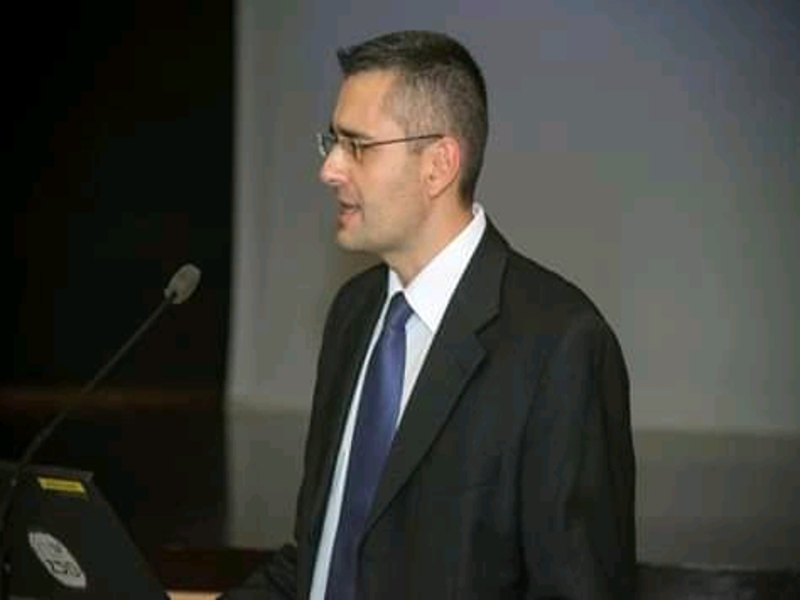
“At the end of the shelter there was an emergency exit, but it was sealed with a thick iron panel and you didn't know where it led. We left the shelter and started looking inside the factory. After some research, we found a very "suspicious" iron panel on the floor. We used a crane to lift it, as it was extremely heavy. After lifting it, we finally found out where the emergency was taking us. I still remember the expression of one of the factory workers who stated that “I have been working in this factory since the 70s. Only now, have I learned, that all these years I have been working in an abandoned World War II shelter! "

